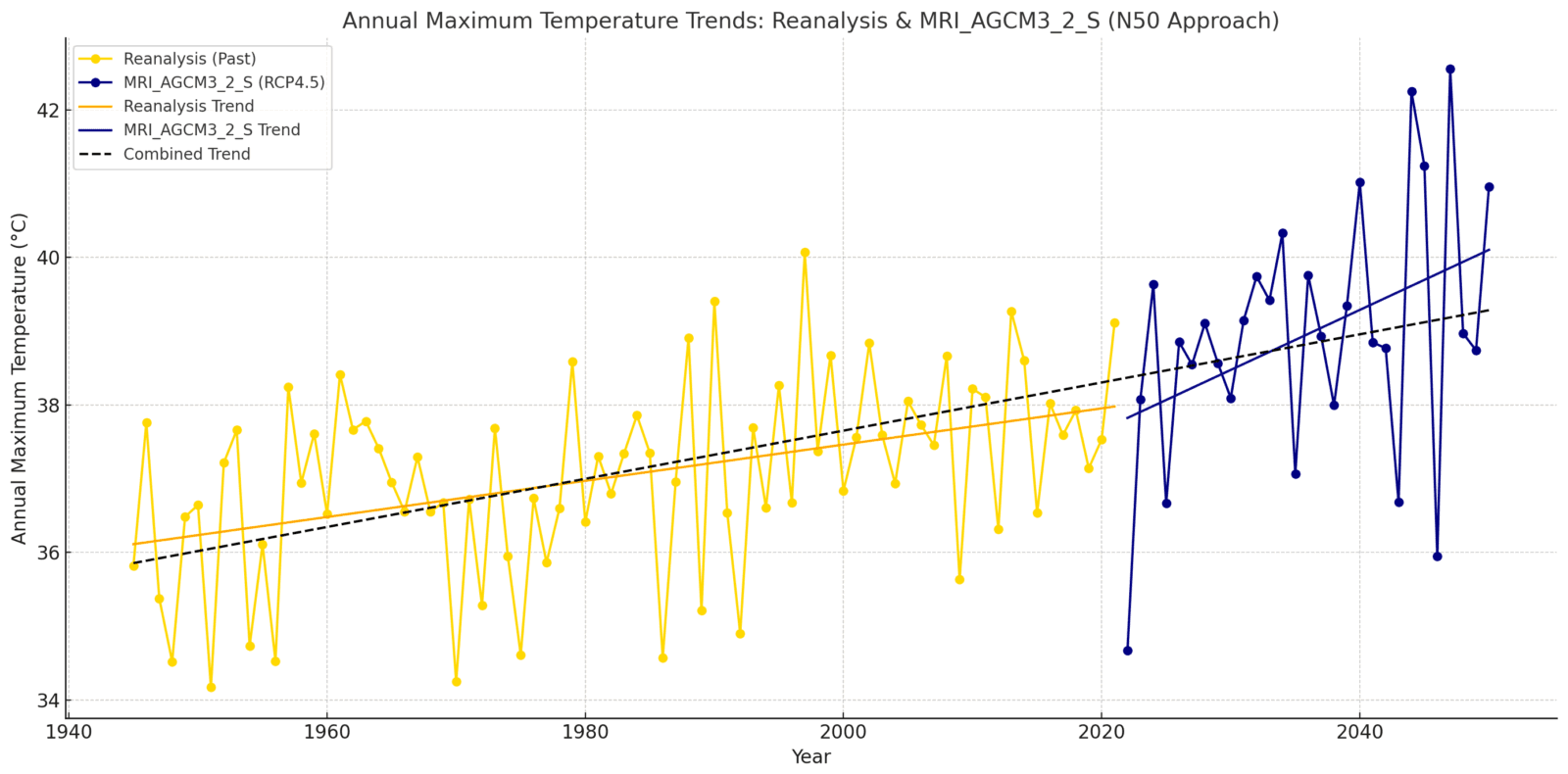
Designing the Future by Looking at the Past: ASHRAE Criteria and Climate Change Risk
When designing mechanical and cooling systems for critical facilities such as data centers, hospitals, and server rooms, choosing the right temperature criteria is vital. These criteria are usually based on the globally respected ASHRAE (American Society of Heating, Refrigerating and Air-Conditioning Engineers) standards. However, there’s a significant issue: current ASHRAE design criteria rely entirely on historical meteorological data.
Temperature design parameters used by authorities like ASHRAE do not take into account the future temperature increases expected due to climate change. For example, in countries like Turkey, where summers are rapidly becoming hotter, 0.4% DB (Dry Bulb) temperature values derived from past data may quickly become inadequate.

Beyond ASHRAE: The Situation in Turkey
At Alkazar, we have produced such outputs for a far wider range of locations in Turkey than those covered by ASHRAE. The 2025 ASHRAE Handbook Fundamentals mentions a general warming trend of just 0.5°C for the Ankara region, which is far below the real temperature increases observed in many parts of Turkey. As a result, facility designs may fail to account for the scale of future risks.
What Should Be Done?
Forward-thinking organizations in other countries have already started addressing this gap. For example:
- CIBSE (UK): The Chartered Institution of Building Services Engineers has published climate scenario-based weather files for 2050 and 2080, specifically for use in building performance modeling.
- IEA Annex 80: The International Energy Agency’s Annex 80 project has developed detailed field studies and policy recommendations for more resilient and sustainable cooling solutions for buildings in the face of climate change.
Yet, globally, such forward-looking design criteria are not yet mainstream.
In Turkey and similar countries, another problem is the limited number of meteorological stations available for design data. These stations are typically located at airports, which means regional diversity is not reflected. Therefore, it is critical for local authorities—such as the Turkish State Meteorological Service—to make data from their many climatological stations publicly available.
Alternatively, global resources such as reanalysis datasets can be used to create virtual meteorological stations every 10 km. Verifying these datasets with the nearest real observation stations is a crucial step to ensuring accurate, future-proof facility planning.
Double Pressure: Extreme Heat and Water Stress
In extremely hot and water-stressed regions such as Dubai and Qatar, data center design becomes even more complex. In these geographies, traditional evaporative (water-based) cooling systems are being almost entirely abandoned. Instead, the following solutions are becoming more common:
- Closed-loop liquid cooling: Systems that circulate water in a closed loop with no external discharge.
- Immersion cooling: Servers are immersed in special non-conductive liquids, resulting in near-zero water consumption.
- Regulatory limits: Some countries now restrict or require permits for evaporative systems.
- Alternative water sources: Use of treated seawater or greywater is increasing in certain regions.
The common goal of these approaches is to reduce water stress while providing high-temperature tolerance. New metrics such as “Water Usage Effectiveness (WUE)” are now becoming just as important as PUE in evaluating data center efficiency.
Looking Ahead
In our next article, we will discuss in detail how reanalysis data can be effectively utilized, methods for data validation, and how designers can adopt practical, reliable solutions for future climate conditions. The following graphic illustrates the sobering outcome of such a study…

The Key Message
This graph silently demonstrates why it is crucial to be prepared for the future—not just the past. Current design limits may be severely tested in the coming decades.
Let’s not forget: the climate is changing, and making critical investments based solely on historical data is neither sustainable nor rational for assets expected to remain operational for at least the next 30 years.
We would greatly value your thoughts and suggestions on this topic. Let’s take steps together to update design criteria and build more resilient facilities for the future.



